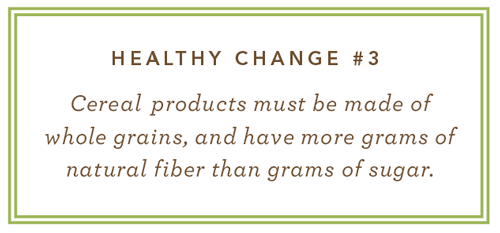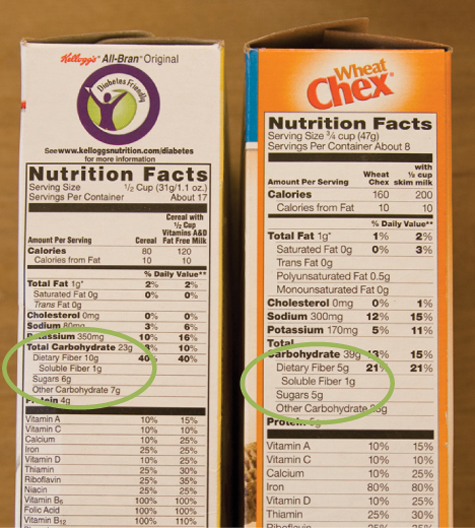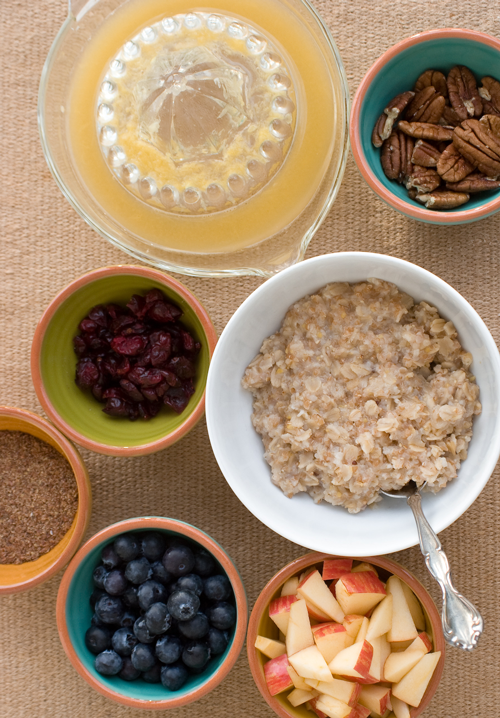A Recipe for Muesli
Loving the Swiss
As you’ve likely heard, the beautiful wife is half-Swiss. The tricky part for me is to figure out just which parts are Swiss. For example, she’s on the petite side, as the Swiss often are, so give that a check. On the other hand, while she loves the mountains she doesn’t like to climb them, so that’s a mix. One thing is uniquely Swiss—she defends her views without getting into wars. She also loves chocolate, so her mouth must be Swiss. But now that I think about it, I’ve never heard her yodel.
What brought Switzerland to mind was a blog comment several months ago from Julie, a girl we knew in her youth, now living in Zurich, Switzerland. (Look here for a typical dinner menu.) I went back and reread her impressions about the Swiss, world leaders in longevity:
“I was blown away how health conscious the Swiss are . . . fast food is almost nonexistent . . . sugar just isn’t a staple in their diet . . . desserts aren’t even sweetened. They eat little meat . . . and meat is outrageously expensive (boneless chicken @ $15/lb).”
Bircher Muesli
Well, their approach to health is just one more reason I find the Swiss endearing. Which, because I was looking for a recipe with grains, brings us to their breakfast cereal, muesli. Muesli is an uncooked mixture of oats, fruits, nuts, and seeds. Dr. Maximilian Bircher-Benner (1867-1939), a Swiss nutrition reformer a century ago, invented muesli for patients in his health clinic.
Dr. Bircher-Benner lived before science had much to say about nutrition, which saved him a lot of confusion. But he observed the hardy vitality of those who lived in the Alps and ate traditional foods, including dairy foods, rye and oats, wild berries, summer vegetables, with occasional meat. The native diet led him to invent Bircher muesli. He also convinced his followers to eschew meat and white breads in favor of fresh vegetables, fruit, nuts, preferably uncooked.
I found this original recipe for Bircher muesli:
Ingredients:
- 1 T rolled oats, soaked in 2–3 T water, or apple juice
- 1 T lemon juice
- 1 T cream
- 1 apple, preferably a sour variety, finely grated
- 1 T ground hazelnuts
Directions:
Soak oats in water or apple juice for 2-8 hours. Before breakfast, combine lemon juice and cream. Stir in oats, grated apple, and top hazelnuts.
A Muesli Recipe

I also found a box of imported Familia Swiss Muesli at the local health food store. It was a little expensive by the box; however, because it’s dense, it’s cheaper per ounce than many packaged cereals. I liked the taste but it violated our more-fiber-than-sugar rule (14 gm sugar; 4 gm fiber), so I wanted my own recipe.
Traditional recipes often include rye flakes (a grain common to Switzerland’s difficult terrain) with the oats. I decided to stick with oats plus flax seeds, to add some omega-3 fat. (If you soak overnight, the flax seed is soft enough to eat whole, but you can also grind fresh at the time of use.) Likewise, older Swiss recipes use hazelnuts but I substituted chopped almonds, more common here and rich in vitamin E. Many add vanilla and a dash of cinnamon. Fruit typically includes apples and currants in season or dried fruits in winter.
Because the juice of local fruits is often used with Swiss muesli instead of milk, we tried four forms of liquid, all soaked overnight in the refrigerator. Test #1 used water, the most common method for oatmeal; #2 used milk, #3 had apple juice, and #4 followed the Bircher recipe of cream with lemon juice, a sort of yogurt. Before breakfast we added grated apples, raisins and dried mango pieces, and sliced almonds.
Everyone makes their oatmeal with water but the beautiful wife preferred #2 and #3; #4 was too tart. I liked them all but I especially liked how muesli is another way to avoid the cost (as well as the sugar and chemical additives) of packaged cereals.

Skip’s Swiss Muesli (feeds 2 adults)
Ingredients:
- 1/2 C rolled oats
- 2 T flax seed
- 1 C water, milk, or natural juice
- 1 apple, grated
- ¼ C fresh berries, or 2 T raisins or dried fruit
- 3 T chopped almonds, walnuts or pecans
- 1 T coconut flakes (optional)
- Dash of vanilla (1/8 tsp)
- A shake of cinnamon
Directions:
- Soak oats and flaxseed with liquid; use the refrigerator if milk.
- In the morning add grated apple, berries or chopped fruit, nuts, optional coconut, and spices.
- Voila—you’ve got a healthy breakfast full of whole grain, fruits, and nuts, with lots of natural fiber and no added sugar. Stir, add milk, cream, or juice, and serve.
The End of Packaged Cereal
Dr. John Harvey Kellogg (1852-1943) was the American equivalent of Dr. Bircher-Benner. A century ago they were comrades-at-arms in the opening battles of the nutrition reformation. Kellogg partnered with his brother Will to invent a healthier breakfast cereal, but they broke up over a critical nutrition issue—whether to improve sales by adding sugar. John left the business and Will’s company became the sugary breakfast behemoth of our day—the Kellogg Company.
Did I say behemoth? I should have said dinosaur. With the Breakfast Compote, our first recipe, and Skip’s Swiss Muesli we now have two healthy options for starting your day. There are still a few cereals that meet our health rule—more-fiber-than-sugar—but 95% of the packaged cereals are a toxic use of grains and will go the way of the dinosaur in the food reformation.
This morning I read an article on PBS about rampant tooth decay in the villages of El Salvador. The native foods I remember from living there have been replaced, it turns out, by Food Inc’s products. They’re drinking soda instead of water, and eating packaged candy and chips instead of mom's tortillas with frijoles. We’ll come back to this question in a future post—how did the Swiss discover healthy foods while the Salvadorians lost their food traditions? Forget about the wars that rage—the loss of food traditions is the tragedy of our time.
Please comment: Share your favorite healthy breakfast.
 Saturday, June 9, 2012 at 11:29AM | by
Saturday, June 9, 2012 at 11:29AM | by  Skip Hellewell |
Skip Hellewell |  17 Comments |
17 Comments |  3 References | | in
3 References | | in  breakfast,
breakfast,  recipe |
recipe |  Email Article
Email Article 





